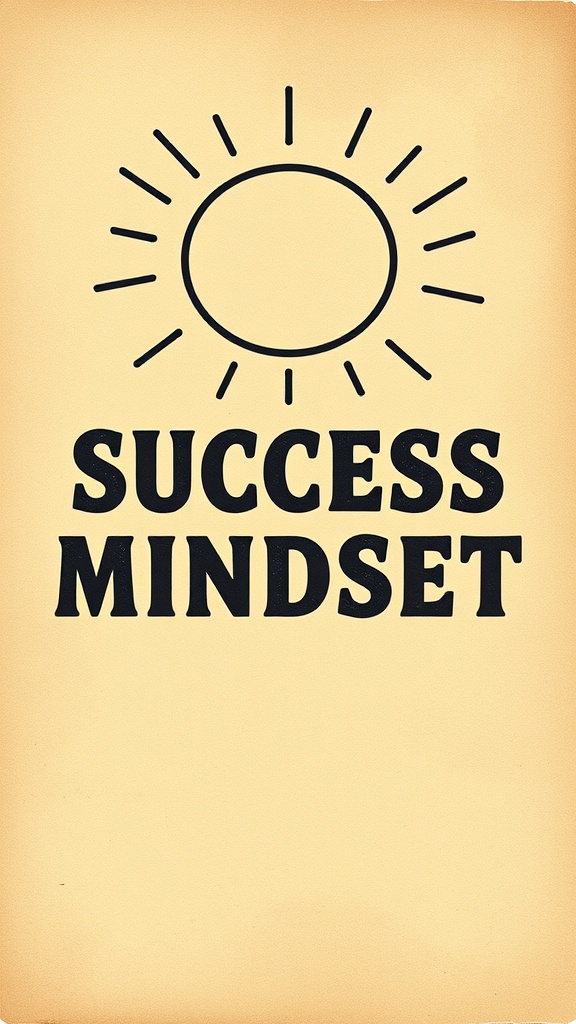Build a Success Mindset: Practical Shifts That Accelerate Results
Success starts inside the mind. The beliefs you hold shape the choices you make, the effort you sustain, and how you respond to setbacks. Cultivating a success mindset isn’t about positive platitudes; it’s about practical mental shifts and repeatable habits that produce consistent forward motion.
Core mindset pillars
– Clarity: Define what success looks like for you. Vague goals lead to scattered effort. Break big ambitions into clear outcomes and the behaviors that create them.
– Growth orientation: Approach skills as improvable. When ability is seen as changeable, effort becomes the path to progress instead of a source of shame.
– Resilience: Treat setbacks as data, not verdicts. Rapid recovery and adaptive learning turn failures into competitive advantage.
– Discipline over motivation: Motivation fluctuates; systems and routines carry you through low-energy days.
– Curiosity and feedback: Seek evidence about what’s working.
Curious people iterate faster and refine outcomes with less drama.
Daily practices that compound
– Morning micro-routine: Start with one habit that orients the day — a 5-minute planning session, a brief movement routine, or a single focused task. Small wins early create momentum.
– Time-blocking: Schedule work in focused blocks with a single priority per block. Protect those blocks from shallow tasks.
– Two-minute rule for momentum: If a task takes less than two minutes, do it now. Use this to lower friction and avoid decision overload.
– Learning daily: Spend a fixed chunk of time reading, experimenting, or practicing the core skill that moves you toward your goal.
– End-of-day review: Ask three short questions — what went well, what to improve, and the one thing to carry forward tomorrow.
Cognitive tools that change outcomes
– Add “yet” to failures: Replace “I can’t do this” with “I can’t do this yet.” That tiny linguistic tweak reduces fixed thinking and prompts action.
– Implementation intentions: Turn goals into if-then plans.
Example: “If I get distracted, then I will work for 25 minutes and take a 5-minute break.”
– Visualization plus pre-mortem: Visualize success and also imagine what could go wrong. A quick pre-mortem helps design preventive steps and reduces surprise.
– Reframe setbacks as experiments: Treat each effort as a hypothesis.
Measure outcomes, learn, and iterate.
Environment and social design
– Reduce friction for desired behaviors: Make the productive choice the easy choice.
Prepare the workspace, batch materials, and limit access to distractions.
– Surround with growth signals: Spend time with people who stretch your thinking, provide honest feedback, and model habits you want to adopt.
– Public accountability: Share specific commitments with a peer or mentor. Accountability increases follow-through by turning intentions into social contracts.
Track progress the smart way
– Focus on leading indicators, not only results. Track behaviors (hours practiced, calls made, pages written) that predict outcomes.
– Use simple streaks or habit logs. Visible progress fuels persistence and makes improvement tangible.
– Conduct weekly retrospectives to spot patterns and adjust systems rather than relying on willpower alone.

Start with one shift
Pick one mindset shift and one small habit to integrate this week — for example, adopting the “yet” mindset and a five-minute morning planning session. Commit to consistent application, gather feedback, and iterate.
Over time, small shifts compound into the resilience, focus, and growth that define lasting success.